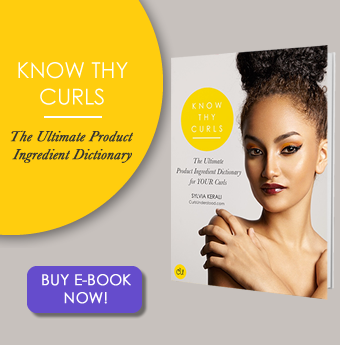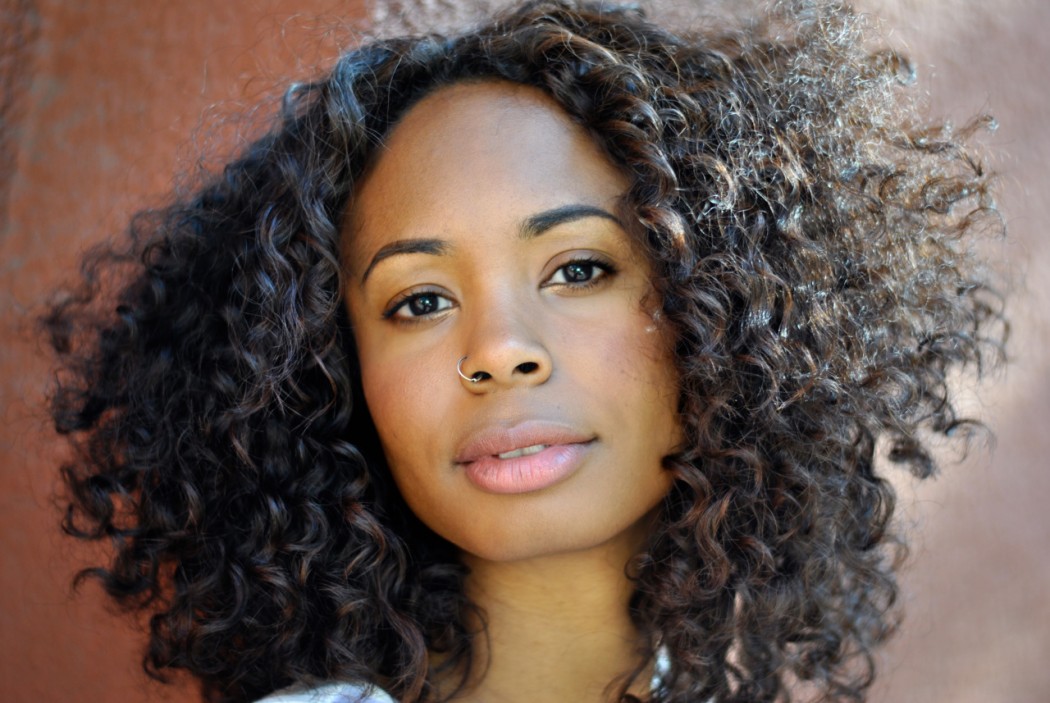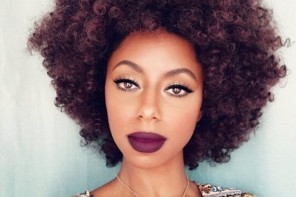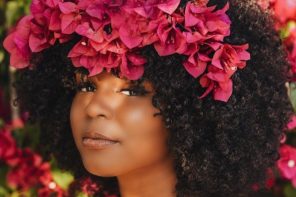If you’re grappling with what exactly hair porosity is, don’t worry. You’re not the only one. I just recently discovered what hair porosity is myself and what the porosity of my hair is. Knowing your hair’s porosity will help you make better product purchasing decisions, adapt your regimen accordingly and all around have a better understanding of how porosity and natural hair works.
So, What Exactly Is Hair Porosity?
It’s your hair’s ability to absorb and retain moisture, e.g. water and water-based products.. Hair porosity is genetic but it can change due to excessive heat treatments and/or other chemical processes that are done on your hair. Knowing my hair’s porosity made it a lot more easier to shop for (new) products and it gave me a little bit more insight on my hair.
Porosity is your hair’s ability to absorb and retain moisture, e.g. water and water-based products.
How Do You Determine Your Hair’s Porosity?
Your hair can be low, medium or high porosity and it is very easy to find out what it is. You will need a glass/bowl of water and drop some of your hair strands in there. Wait a few minutes to see the results. If your hair strands keep floating, your hair is low porosity and if it sinks all the way down, it is high porosity. Somewhere in the middle, your hair is medium porosity.
Low Porosity
If your hair is low porosity, it means that it does not absorb moisture easily. Low porosity hair is for the most part considered healthy because the hair cuticles lay flat. The best products for low porosity hair should be water based, e.g. leave in conditioners rather than butters/creams. Also, moisturizing deep conditioners are more effective than protein deep conditioners.
Medium Porosity
The hair cuticle of medium porosity hair is slightly opened, which makes it easier to take care of than low porosity hair. It absorbs moisture faster but also retains it. Moisturizing deep conditioners are the best for medium porosity but once in a while it can benefit from a protein deep conditioner.
High Porosity
High porosity, is most of the time, considered as damaged hair but as said before, hair porosity is genetic, so it can also be inherent. The hair cuticles are completely open, moisture comes in very easy but also leaves the hair very fast, making the hair frizzy and dry looking. Leave-in conditioners are best to bring moisture in the hair and sealing with a butter or cream to keep that moisture in. Protein deep conditioners can make the hair less porous but not too much because it does not replace the moisture that the hair needs, it only repairs the damaged parts in the cuticles temporarily.
By determining my hair’s porosity, it suddenly became clear to me why almost all the new butter and creams I try do not work for my hair, since my hair is low porosity. There are a few that don’t weigh my hair down and give me good moisture but I mainly use leave in conditioners. Stay tuned for more tips on taking of low porosity hair!
If you’re interested in learning more about the most popular ingredients listed in hair products on the market today, sign up HERE to learn when our product ingredient dictionary becomes available.









It is important to know about hair prosperity. Many women or girls miss out on high and low hair prosperity.
It is also helpful to add volume and define look on the curls with a curly hair care routine.
I loved this blog and it was really informational. I had no idea what is Hair Porosity? Yeah, finally I at least have something to say when people ask. My hair falls on medium porosity.
I love trying out natural hair styles but lately, it has been a little difficult. Now that I know a bit about my hair, I hope i can fix it.